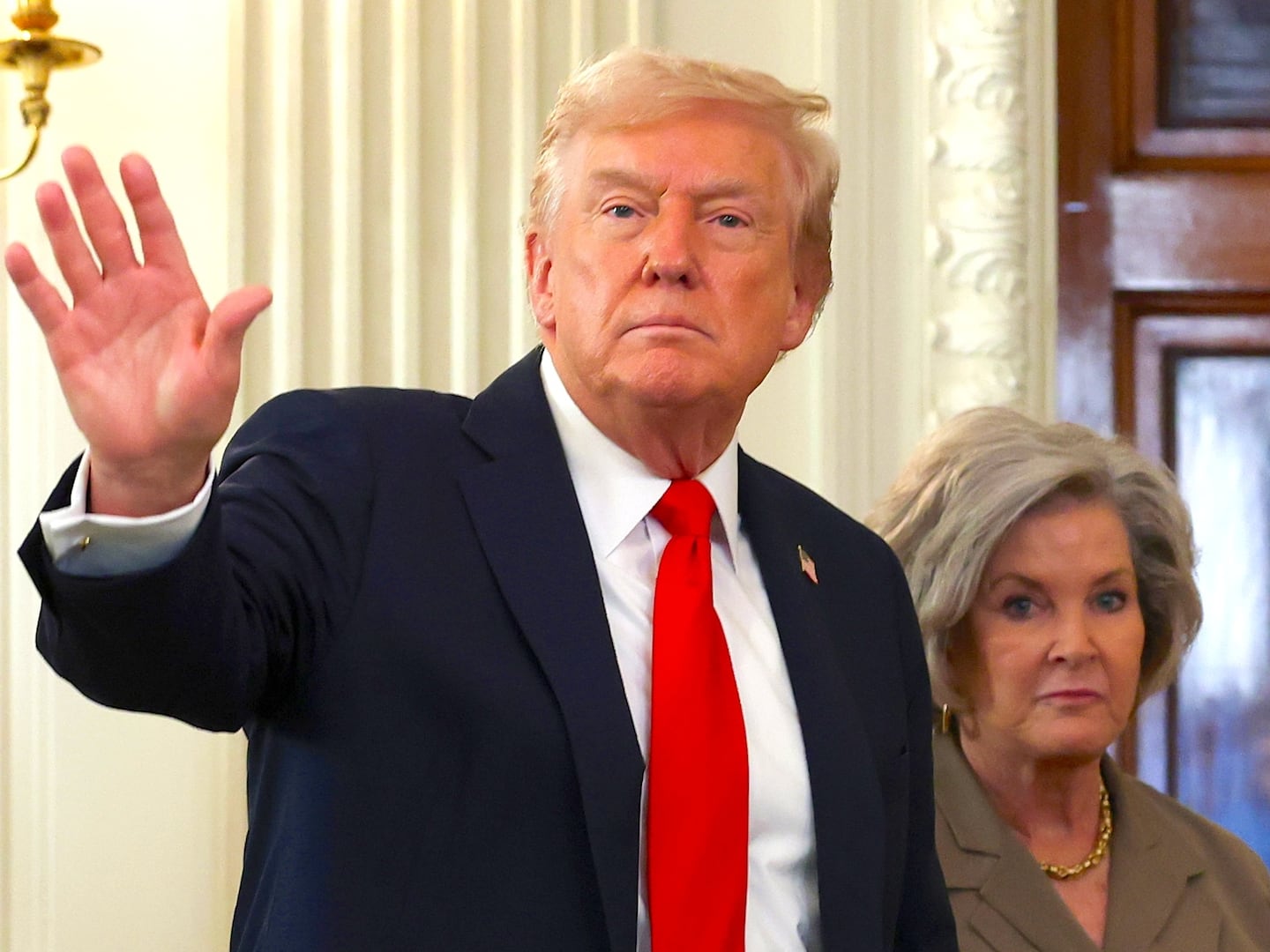China, the New York Times reported last week, “can now challenge American military supremacy in the places that matter most to it: the waters around Taiwan and in the disputed South China Sea.” Therefore, Beijing can, in the words of the paper, “make intervention in the region too costly for Washington to contemplate.”
Too costly to contemplate? Unfortunately, assessments like these, often heard in U.S. policy circles, can embolden the already arrogant Chinese and make their adventurism—and war—more likely.
Moreover, any conflict between China and the United States in the Pacific could quickly escalate to nuclear war.
China, surpassing the U.S. last year, now boasts the world’s largest navy, and it is adding to its fleet “at a stunning rate,” according to the Times. Even last year, the count was lopsided with China claiming 317 surface vessels and subs in active service and the U.S. 283.
Of course, it’s not clear how capable the People’s Liberation Army Navy is. The PLAN, as it is known, has never participated in a large-scale wartime engagement at sea, and its fleet is not, on the whole, as modern as America’s.
Nonetheless, China has a few critical advantages. Its naval assets are concentrated along its shores and U.S. forces are spread around the globe; areas of likely conflict are near China and far from America; and the PLAN has some crucial weapons that are better than those of the United States, especially anti-ship missiles. Beijing has also gone big into “asymmetric” warfare, for instance militarizing fishing fleets, enlisting the “little blue men” of what has become a maritime militia.
The Chinese also have one other advantage: the will to use force to take what is in the possession of others. In their peripheral seas, they grabbed control of the Paracel Islands, in the northern portion of the South China Sea, from South Vietnam in 1974 after a short battle. The Chinese also seized Mischief Reef from the Philippines in a series of actions from late 1994 to early 1995, and they snatched Scarborough Shoal, also from Manila, in early 2012. Now, China is, among other things, pressuring other Philippine features in the South China Sea and using menacing tactics to take over a chain of uninhabited islets currently under Japanese control in the East China Sea.
Moreover, Beijing has clearly relished challenging the U.S. Navy and Air Force in the global commons, threatening and on occasion harassing American ships, planes, and drones. The seizure of an American drone in international waters in December 2016, in sight of the USNS Bowditch and in defiance of radio commands, was brazen and nothing short of an act of war.
Moreover, Beijing’s harassment of the USNS Impeccable in March 2009 in the South China Sea, using its maritime militia, was so severe that it constituted an attack on the United States.
“The key point is that China accepts the risk of escalation to a greater extent than does the U.S., because China uses confrontation to alter the status quo in its favor,” Anders Corr, editor of Great Powers, Grand Strategies: The New Game in the South China Sea, told the National Interest at the beginning of this year.
China is apparently willing to escalate all the way. But the New York Times, in its reporting last month, did not mention one Chinese threat to American forces in the region: nuclear attack.
“For regional warfare, especially in Asia, the People’s Liberation Army is equipped for nuclear operations both offensive and defensive,” Richard Fisher of the International Assessment and Strategy Center told The Daily Beast. “If China can conjure a ‘defensive’ political moral high ground to justify offensive military campaigns to retrieve ‘lost’ territory, we should be prepared for China’s very early use of nuclear weapons to support its theater campaign. We can, for example, expect China to ‘demonstrate’ nuclear weapons at sea to deter American or Japanese military support for Taiwan in the event of a Chinese attack, or even outright Chinese use of nuclear weapons against Japanese bases supporting U.S. forces coming to the defense of Taiwan.”
And American planners have to be concerned that China’s military partner, Russia, would join a conflict on Beijing’s side. In September 2016 the two militaries, in an eight-day naval drill, practiced “joint island seizing missions” in the South China Sea. Moscow might even take advantage of turmoil in Asia to try to further expand its territory in Europe, perhaps using “little green men” as it did in Crimea in 2014 and later in Eastern Ukraine.
Or maybe its nukes. Russian leader Vladimir Putin has long threatened the offensive use of such weapons. As Stephen Blank, a scholar at the American Foreign Policy Council, told me, “Russia evidently views nuclear weapons as a legitimate war-fighting weapon as its deployments, 22 procurement programs, exercises, and doctrine suggest.” He notes that Moscow is constructing a nuclear weapons storage facility in Crimea and deploying nuclear-capable Kalibr cruise missiles to the Mediterranean.
China has an announced “no-first-use” policy, but for decades hostile public statements from Chinese generals and diplomats have cast doubt on whether Beijing would in fact adhere to that promise in a wartime setting.
For instance, in August 2011 Xu Guangyu, a retired Chinese general working at the China Arms Control and Disarmament Association, blurted out to Hong Kong’s South China Morning Post a comment indicating Beijing had developed plans to launch “a surprise attack on the U.S.”
These shocking comments, at a minimum, indicate that in the post-Cold War world the concept of nuclear deterrence is breaking down.
The erosion of deterrence looks like it is working to the benefit of the Chinese. Because of China’s formidable military advantages and its willingness to escalate, there are many voices, notably Lyle Goldstein of the Naval War College and Hugh White of the Australian National University, urging American acceptance of Chinese domination of East Asia.
That is the wrong conclusion. A pair of European democracies in the 1930s tried avoiding conflict with a militant state, with spectacularly bad results. Of course, the People’s Republic of China is not the Third Reich of Germany, but German territorial ambitions naturally grew in reaction to British and French timidity and Chinese ones now are expanding fast as Americans recoil at the prospect of confronting Beijing.
During the Cold War, the United States maintained a far more resolute stance. Then, Washington and its allies deterred a Soviet attack in Europe when the “correlation of forces” greatly favored the Warsaw Pact, and the West in general prevented nuclear war by deterring a foe with superior conventional and nuclear arsenals. Washington convinced Moscow—and its NATO allies—that the United States was willing to go to war to defend itself and friends, thereby keeping the peace in Europe and, for the most part, elsewhere.
Since the Soviet collapse, however, Americans and others think far less about deterrence and have let nuclear arsenals age.
The Chinese and Russians have noticed. China is bulking up nuke stockpiles. North Korea, after making fast progress on both nuclear warheads and ballistic missiles, has made recent threats to use its most destructive weapons. Iran, a friend of both Beijing and Pyongyang, is not far from weaponizing the atom with their help. Pakistan, an early beneficiary of Beijing’s proliferation, already has a sizeable nuclear arsenal. Russia continues to threaten neighbors, particularly the three Baltic states, all of which are NATO members, and Ukraine, which is not.
It looks, in short, like a new nuclear age.






